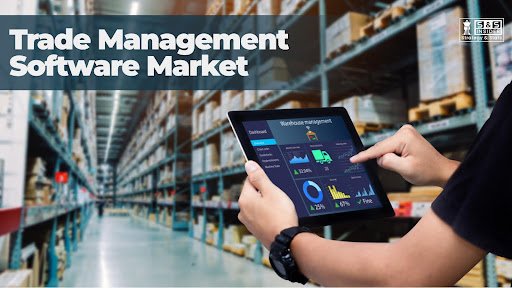As the global trend continues to evolve, labels are swiftly changing their marketing methods to remain relevant, boost visibility, and engage a new generation of consumers. In today’s dynamic landscape, simply having a stylish product line is no longer enough; smart, strategic marketing is now at the center of every successful style label’s growth strategy.
From luxury houses to emerging designers, Vogue brands are investing in modern digital tools, region-specific content, and creative storytelling formats to promote their collections. Whether launching a seasonal campaign or entering new markets like the GCC, glamorous companies are using a mix of traditional media, social platforms, and localized strategies to increase reach and brand equity.
A closer look into the marketing shift reveals a blend of creativity and commercial sense, all aimed at adapting to how and where people now shop for style.
Fashion Marketing Moves Beyond the Catwalk
Glamour shows and magazine editorials are no longer the only source of information. While these conventional platforms still hold value, particularly for legacy brands, the real energy in fancy marketing today comes from multi-platform campaigns that combine digital and real-world experiences.
One of the key changes in recent years is how labels use media releases not just to announce new collections, but to tell complete brand stories. A well-distributed press statement helps companies reach trend editors, bloggers, influencers, retail buyers, and potential investors with consistent and clear messaging.
Leading companies now treat the media statement as a cornerstone of every major campaign, whether it’s for a product launch, designer collaboration, or new flagship store. These releases are crafted to be picked up by both global vogue outlets and regional publications, especially in growing markets like the Middle East.
The Rise of Region-Specific Campaigns
Fashion labels expanding into the Middle East understand the importance of tailoring their marketing to local tastes, culture, and consumer behavior. A global campaign may get attention, but a region-specific message builds real engagement.
This is why many international brands now create Middle East press releases that specifically highlight product lines suited to regional audiences, such as modest fancy collections, Ramadan exclusives, or desert-friendly fabrics. Localized announcements regularly translate to Arabic and are made available to fashion consumers through regional distribution partners in cities like Dubai, Riyadh, Doha, and Manama.
Localized influencer partnerships and regional brand ambassadors that help marketers connect genuinely with Middle Eastern shoppers are also becoming more prevalent.
Influencer Collaborations and Social Storytelling
Digital content creators have unprecedented utility in the current state of fashion. From luxe outfit bloggers to TikTok street-style creators, influencers’ role is to drive visibility, engagement, and of most importantly, purchase intent.
Fashion labels are now treating influencer marketing as part of their DNA, with more organized content schedules, product seeding, affiliate partnerships, and co-branded capsule drops. The goal is to take digital content to conversation and commerce.
Fad Houses also use press releases to announce such collaborations, especially when influencers are involved in creative direction or product design. This positions the collaboration as a newsworthy event, not just a promotional campaign.
Data-Driven Campaign Planning
Today’s craze marketing is more based on information than ever. Establishments measure performance across platforms to see what content drives traffic, conversions, and customer loyalty. These insights are used to guide email campaigns, paid advertising, influencer engagement, and public relations initiatives.
In the meantime, SEO and digital PR are gaining traction. Styling markers improve press releases for search engines and distribute them to trending news portals and lifestyle websites. This improves brand visibility not only in social media feeds but also in search results, thereby promoting long-term discoverability.
In the Middle East, where e-commerce is booming, digital-first campaigns are particularly important. Fancy labels are building targeted strategies for platforms like Instagram, Snapchat, and YouTube, while also partnering with regional online retailers and craze aggregators.
Exclusive Drops and Limited Editions
Creating a sense of urgency and exclusivity remains one of the most effective marketing tools in style. Engagement and sales can be improved with the use of limited edition collections, online-exclusive drops, and time-sensitive offers.
Many trademarkers now use press statements to formally announce these drops, complete with lookbooks, campaign imagery, and availability details. The press release serves as the official source for journalists, stylists, influencers, and retail partners, ensuring the right messaging reaches the right audience ahead of launch.
For the Middle East, where luxury consumers value exclusivity, brands often align limited drops with cultural moments like Eid or the Dubai Shopping Festival, using Middle East press releases to ensure timely and targeted exposure.
Conclusion
Success is no longer just determined by fantastic designs, but also by how effectively a company communicates its identity and message, interacts with varied audiences, and remains consistent across both digital and physical spaces, since fancy advertising is dynamic, digitized, and hyper-targeted in today’s world.
With the global reach of the fashion industry having its fingerprints all over, and yet they still need to adapt locally, the importance of strategic marketing, supported by powerful news statements and regional connections through Middle East press release distribution, is just going to get bigger. The ones that have accepted this new reality are undoubtedly the ones that will most probably dictate the next chapter of the industry.










